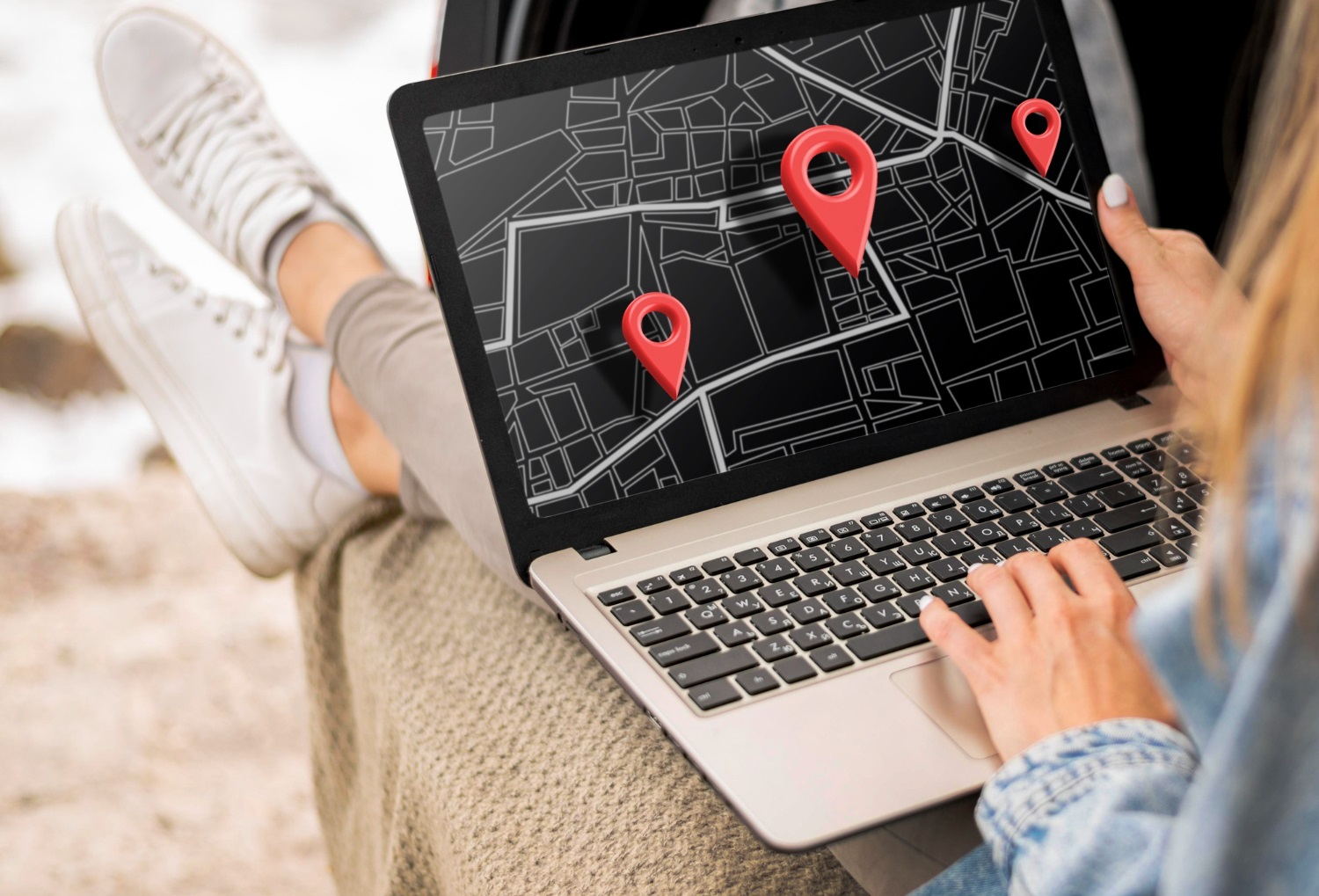The Role of Digital Platforms in Reducing Human Factors and Optimizing Routes and Cargo Distribution


Let’s start with a truth no one likes to say out loud: human error is still one of the biggest pain points in logistics. A missed detail here, a wrong address there, a route that looked fine on paper but turned into a four-hour nightmare because of roadworks no one checked… You know how it goes.
One small misstep, and suddenly the whole delivery plan unravels like a badly tied tarp on a windy day. And yet — a lot of companies are still running operations with a heavy reliance on manual planning, siloed systems, and gut feel. That’s where digital platforms step in.
Not as a replacement for humans (good luck replacing a veteran dispatcher’s sixth sense), but as a backup brain, designed to reduce the load, the guesswork, and yes — the damage from plain old human error.
What "human factor" really looks like in logistics
It’s not always dramatic. More often, it’s the quiet inefficiencies:
- A new employee doesn’t realize those two deliveries should never go on the same route.
- Someone forgets to update a last-minute address change.
- A dispatcher builds Monday’s plan using Friday’s data because the system lagged out.
- A driver skips the optimized route because “he knows a shortcut” (he doesn’t).
It’s not malicious. It’s human. But when scaled across hundreds of orders, thousands of kilometers, and tight delivery windows? It gets expensive fast.
Where digital platforms make life easier (and more efficient)
So what do these platforms actually do? Let’s break it down. A good logistics optimization platform helps with three things:
1. Route planning that adjusts faster than your morning coffee cools down
We’re not talking about just plotting the shortest path. These systems:
- Pull in live traffic and weather data
- Account for vehicle type, load weight, and delivery windows
- Recalculate in seconds if something changes mid-route
No “Ctrl+F” in a spreadsheet. No mental math at 6 a.m. Just an optimized plan — done.
2. Cargo distribution that doesn’t rely on guesswork
A human can eyeball a load and say, “Yeah, that’ll fit.” A platform calculates exact volume, weight distribution, stacking rules, and even restrictions like “don’t put detergent near food.” It's not overkill. It’s how you avoid trucks going out half-empty or worse — overloaded and flagged at a checkpoint.
3. Centralized control = fewer surprises
When routing, load planning, and live tracking all sit in one place, there’s no room for "I thought someone else handled that." You see everything. You can change things quickly. And everyone — from the warehouse floor to the delivery dock — works from the same source of truth.
Let’s talk real life
One mid-size regional logistics provider (not naming names, but think midwest, high season, lots of retail) had a recurring issue: morning planning meetings took over an hour, and routes still had issues. Drivers were calling in confused, dispatch was overloaded, and re-delivery costs were piling up. They brought in a route optimization platform and integrated it with their TMS. Not even a massive overhaul — just enough to centralize planning and get real-time traffic overlays.
The result?
- 30% less time spent planning each morning
- 20% fewer route adjustments after dispatch
- And, maybe best of all, dispatchers who stopped threatening to quit every Friday
Sometimes, just having fewer moving pieces makes a world of difference.
But won’t this all replace the people?
Let’s be clear: platforms reduce friction, not heads. What they do is free your team up to focus on exceptions, strategy, and customer communication — the parts that still very much require human brains, intuition, and yes, judgment calls.
You still need someone who knows that this warehouse always takes longer to load or that that route hits school zones at 3:15 p.m. You just don’t need them spending 45 minutes trying to figure out why three drivers are headed to the same zip code within an hour of each other.
So what should you look for in a digital platform?
You don’t need bells and whistles. You need functionality.
Checklist:
- Can it integrate with your current systems (TMS, WMS, telematics)?
- Does it optimize both routes and cargo space?
- Is it usable by real teams — not just tech folks?
- Does it offer live tracking and update routes on the fly?
- Can it flag potential issues before they become late deliveries?
If it does all that — and your ops team doesn’t curse at it daily — you’ve got a winner.
Give your team better tools, not bigger headaches
No one in logistics needs more pressure. What they need is clarity. Speed. Fewer things to double-check. Digital platforms aren’t about replacing people. They’re about helping the people you trust make fewer mistakes, move faster, and get home on time.
And in an industry where one small error can derail an entire route plan, that kind of support isn’t just nice to have — it’s the new baseline.

